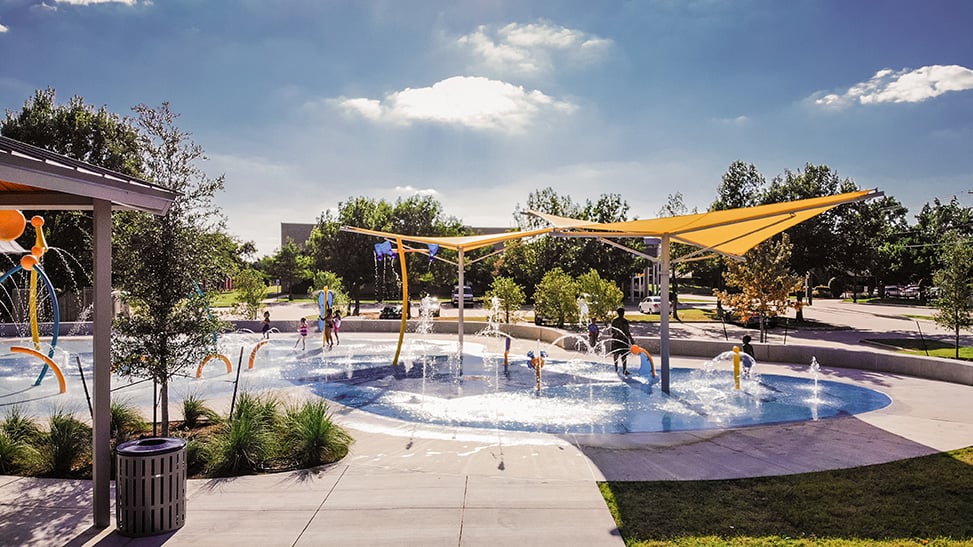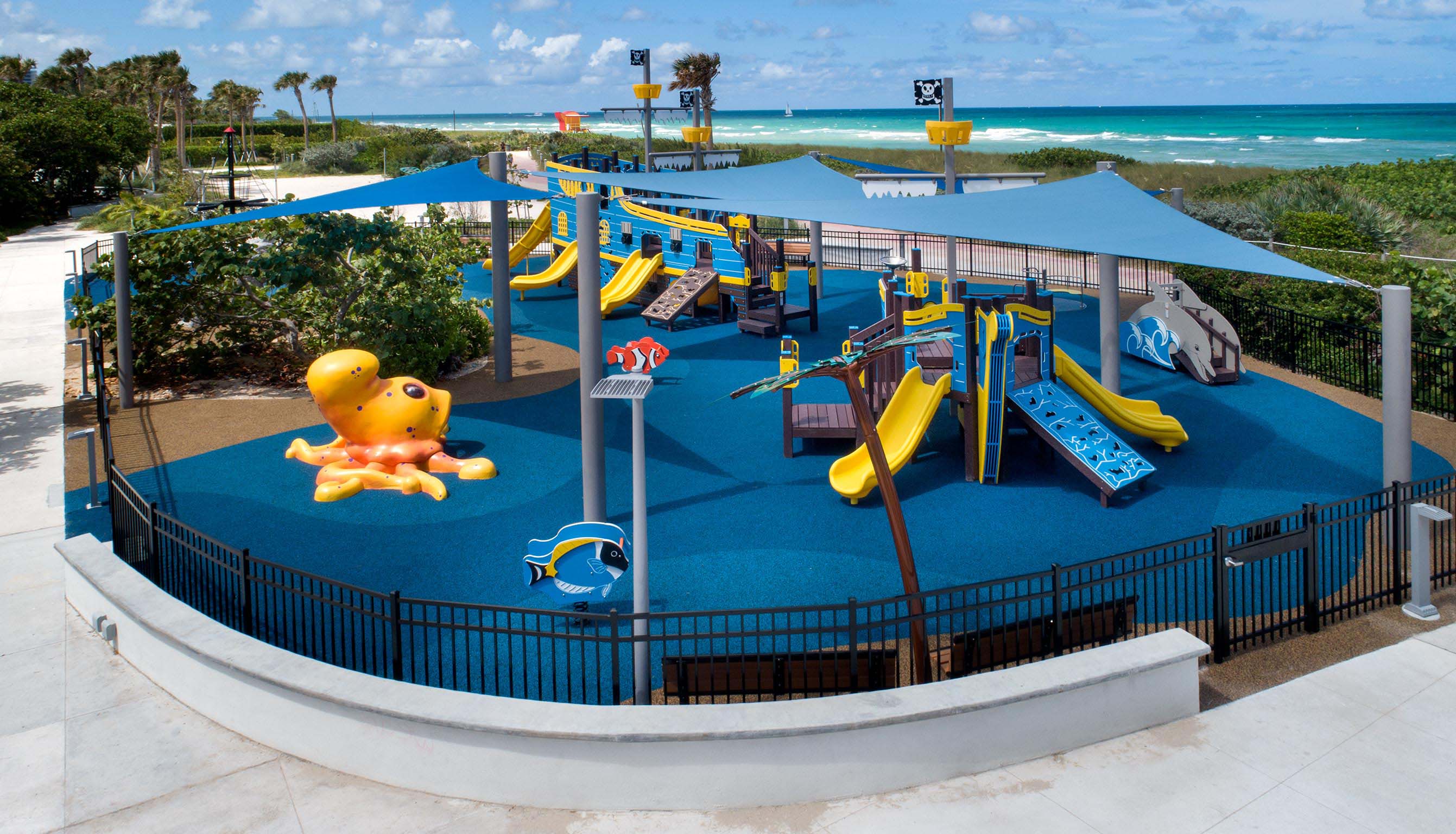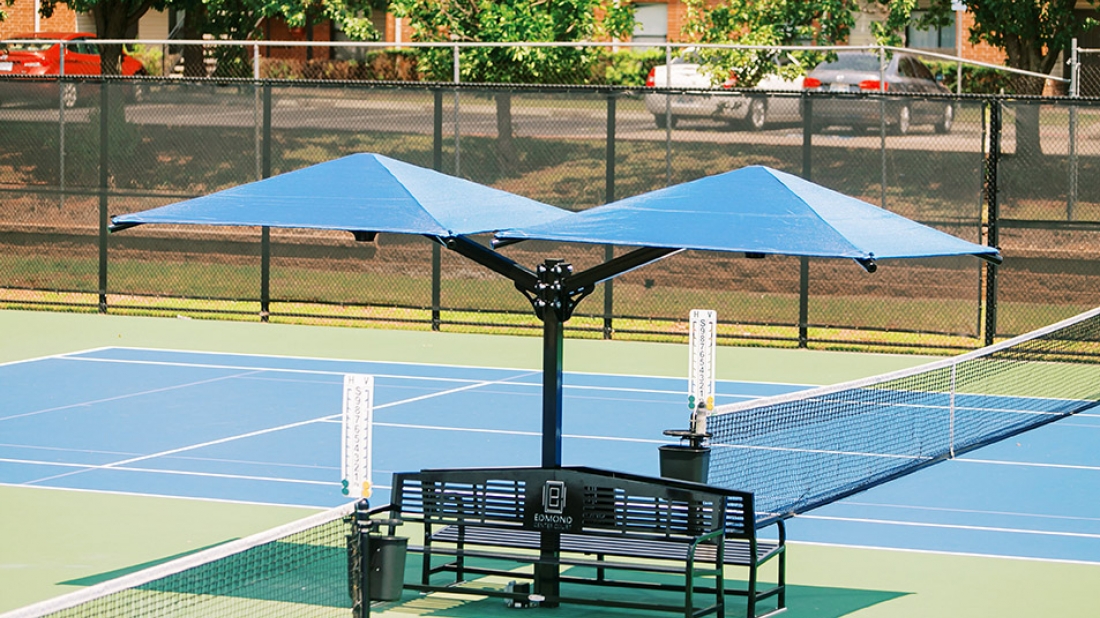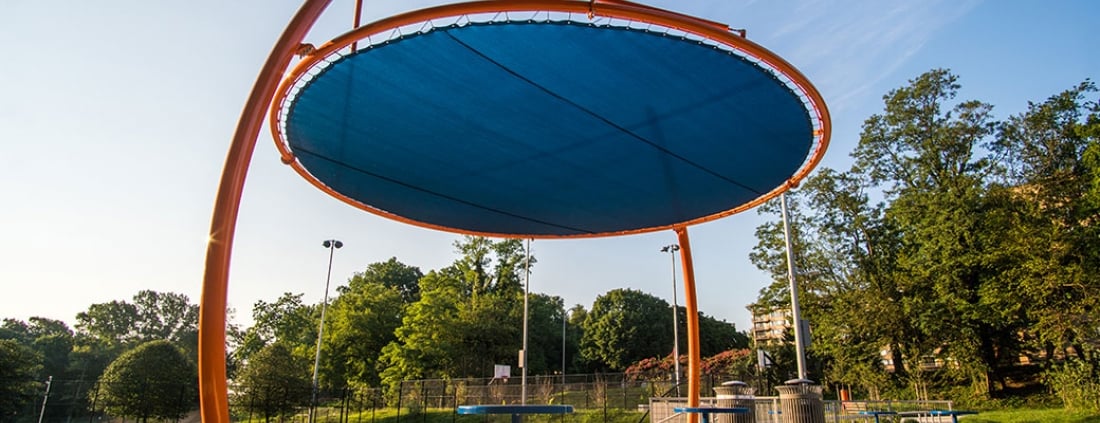Explore the crucial safety features of shaded splash pads and the benefits they offer for a fun and secure water play experience.
Benefits of Shaded Splash Pads
Shaded splash pads provide numerous benefits when it comes to safety. One of the main advantages is protection from harmful UV rays. The shade structures help to block the sun's rays, reducing the risk of sunburn and heat-related illnesses. This is especially important for young children who have sensitive skin. Additionally, the shade provides a cooler environment, making the splash pad more comfortable for children to enjoy.
Another benefit of shaded splash pads is that they create a more inclusive and accessible space. The shade provides a comfortable area for parents and caregivers to supervise their children while staying protected from the sun. It also allows individuals with heat sensitivity or certain medical conditions to enjoy the splash pad without being directly exposed to the sun's rays. By incorporating shade structures, splash pads can accommodate a wider range of users and ensure everyone can participate in the fun.
Design Elements for Maximum Safety
When designing shaded splash pads or splash pads in general for maximum safety, several key elements should be considered.
- Layout: First and foremost, the layout and arrangement of the splash pad features should promote clear visibility and easy supervision. This means avoiding blind spots or obstacles that may obstruct the view of parents or lifeguards.
- Non-Slip Surfaces: It is important to incorporate non-slip surfaces throughout the splash pad area. This helps to prevent accidents caused by slippery conditions, especially when water is present. Textured materials or coatings can be used to enhance traction and minimize the risk of falls.
- Flow Rates: The splash pad should have appropriate flow rates to ensure the safety of children. Flow rates should be regulated to prevent excessive water pressure that may pose a hazard to children.
- Safety Signage: The design should include safety signage and instructions to educate users about the rules and potential risks associated with the splash pad. Clear and easily understandable signage can help prevent accidents and promote responsible water play.
Choosing the Right Shade Structures
Selecting the right shade structures is crucial for the safety and effectiveness of shaded splash pads. When choosing shade materials, it is important to opt for UV-resistant fabrics or materials that provide adequate sun protection. This ensures that the shade structures can effectively block harmful UV rays and provide a safe environment for children and adults alike.
In addition to sun protection, the shade structures should also be durable and able to withstand various weather conditions. They should be resistant to high wind, rain, and other environmental factors to ensure longevity and minimal maintenance requirements. It is also important to consider the size and coverage of the shade structures to provide sufficient shade throughout the splash pad area.
Furthermore, the design of the shade structures should complement the overall aesthetic of the splash pad.
Lastly, it is essential to regularly inspect and maintain the shade structures to ensure their safety and functionality. Any signs of damage or wear should be addressed promptly to prevent potential hazards.

Maintenance and Upkeep for Longevity
Proper maintenance and upkeep are essential for the longevity and safety of shaded splash pads. Regular inspections should be conducted to identify any potential safety hazards or maintenance issues. This includes checking the shade structures for signs of damage, ensuring proper drainage to prevent water accumulation, and inspecting the surface for any cracks or uneven areas.
Routine cleaning is also necessary to maintain a hygienic environment. The splash pad surface should be regularly cleaned and disinfected to remove any dirt, debris, or contaminants. The shade structures should be cleaned as well to prevent the buildup of dust or other particles that may compromise their effectiveness.
Additionally, it is important to have a maintenance plan in place to address any repairs or replacements that may be needed. This includes scheduling regular maintenance tasks such as resealing surfaces, replacing worn-out shade materials, and checking the functionality of water features and drainage systems.
By implementing proper maintenance and upkeep practices, shaded splash pads can ensure their longevity and continue to provide a safe and enjoyable water play experience for years to come.
Safety Regulations and Compliance
Adhering to safety regulations and compliance is of utmost importance when designing and operating shaded splash pads. It is crucial to understand and follow the local, state, and national safety guidelines and standards for water play areas.
These regulations may include requirements for water quality and treatment, water depth and flow rates, accessibility, and safety signage. It is essential to consult with experts and professionals in the field to ensure that the shaded splash pad meets all necessary safety regulations.
By prioritizing safety regulations and compliance, shaded splash pads can provide a secure and enjoyable water play experience for everyone.
View our splash pad shade options to take your splash pad to the next level.



